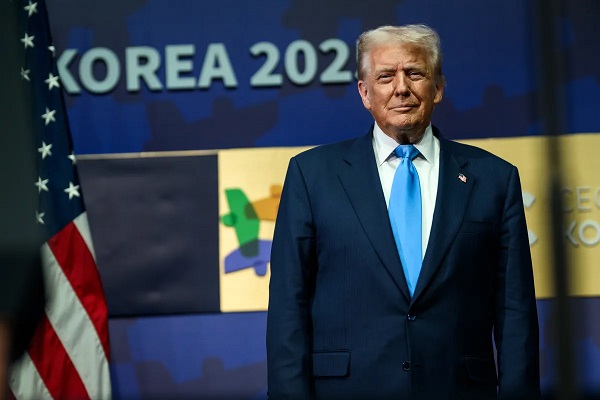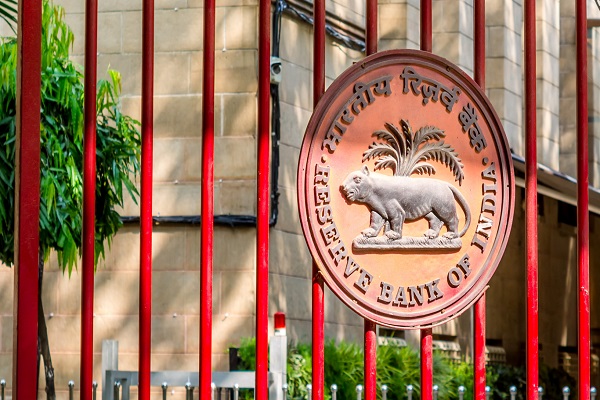.png)

Dr. Srinath Sridharan is a Corporate Advisor & Independent Director on Corporate Boards. He is the author of ‘Family and Dhanda’.
November 12, 2025 at 7:30 AM IST
When a company of Hindustan Unilever’s heritage invites shareholders to inspect the contract of its incoming chief executive, the announcement is bound to attract admiration. It appears courageous, progressive, even exemplary — the act of an organisation confident enough to open its internal covenants for public view.
But upon closer reading, it seems less a case of bold transparency and corporate stewardship, and more a study in optics: a polished performance that celebrates disclosure while revealing little of consequence.
A CEO’s contract is, after all, a legal formality — a statement of entitlements and obligations. It is not a measure of accountability or a barometer of governance quality. By presenting such a document as an emblem of transparency, HUL risks confusing the procedural with the meaningful. True openness lies not in what can be shown, but in what can be measured: the translation of ambition into outcomes and of rhetoric into results.
The timing of the announcement is notable. HUL stands at a difficult juncture. Growth has been subdued, rural consumption remains uncertain, and smaller competitors have begun to erode the margins once considered unassailable. In such a context, a grand gesture of transparency can easily be misread as a strategic distraction, an attempt to divert attention from the slowdown in performance to a narrative of governance virtue. When a company foregrounds ethics in the absence of growth, it risks being seen as seeking moral capital, where market capital has weakened.
There is also the unresolved question surrounding the previous CEO’s departure, midway through his tenure. The board offered no substantive explanation, and the silence has allowed speculation to thrive. Market observers have long wondered whether the exit was a graceful arrangement after disappointing results. If those whispers carry even partial truth, then this sudden insistence on transparency acquires a faintly ironic tone. Governance that cannot publicly acknowledge non-performance loses its claim to authenticity, however noble its gestures may appear.
Governance Theatre
If HUL truly wishes to elevate the governance discourse, it could begin with disclosures that matter. The public articulation of Key Performance Indicators for its senior leadership, the board’s own evaluation framework, and the extent to which variable compensation reflects actual achievement would be far more consequential indicators of stewardship.
The larger issue is one of institutional self-perception. HUL has long been regarded as the professional finishing school of Indian business — disciplined, data-driven, and predictably competent. Institutions secure in their authority do not need to announce their integrity; they manifest it through constancy of results and clarity of communication. When an organisation begins to perform virtuously, it often signals an anxiety about its own relevance.
Boards across India may find a cautionary lesson here. Governance divorced from growth quickly turns ornamental. Many of the new-age IPOs seem reflective of such behaviour, and use market FOMO to drive home expensive valuations, cloaked in influencer and elite endorsements supporting the journey. The rituals of disclosure, glossy sustainability reports, symbolic gestures of openness, and curated acts of accountability cannot compensate for a weakening competitive core. Markets, regulators, and the investing public are becoming increasingly adept at distinguishing between substantive governance and stage-managed virtue.
This is not to diminish the significance of transparency itself. The willingness to engage shareholders, to broaden the circle of trust, is commendable. But transparency, to be credible, must be continuous and uncomfortable. It must reveal performance and shortcomings with equal clarity.
India’s fast-moving consumer goods sector is fragmenting and digitising at an extraordinary speed. To retain relevance, HUL must rediscover its entrepreneurial energy — through sharper innovation, quicker adaptation, and a bolder engagement with new consumption models. Its next chapter will not be written in press releases about ethics, but in balance sheets that reflect agility and imagination.
In the final analysis, the gesture of contract disclosure is not without merit; it is simply misplaced in emphasis. It projects the image of an institution more interested in being admired than in being questioned. True governance maturity lies in creating systems where performance speaks so clearly that no symbolic gesture is required.
Incidentally, even for someone who doesn’t spend evenings refreshing stock charts or manage active equity investing, one glance at HUL’s share price over the past five years tells its own story. It has been stagnant. That says more about what the company must fix than any contract ever could.
As someone who has long believed in HUL — in its values, its institutional decency, its discipline, and knowing many of its talented professionals who were shaped into leaders — this turn feels disquieting, when a company with such a legacy begins to engage in virtue signalling, it worries if all is not well beneath the polish. Governance has turned into a visible art — designed to comfort investors, soothe regulators, and reassert relevance. It reflects the peculiar maturity of Indian capitalism — fluent in compliance, eager in optics, yet uncertain in conviction.
This, after all, is the institution that served as India’s corporate university — the training ground that produced generations of business leaders and exported managerial talent to Unilever’s global operations, and to other entities globally. Few companies have contributed as much to India’s professional ethos. And yet, it is precisely this heritage that makes its current stance disquieting. Surrounded by larger conglomerates with deep capital and agile D2C insurgents eroding its market share, HUL’s real imperative is to focus on rebuilding growth, strengthening its innovation core, and proving that scale can still coexist with agility. Its relevance in the years to come will depend less on what it declares and more on what it delivers. Yet I hold firm that it will.




